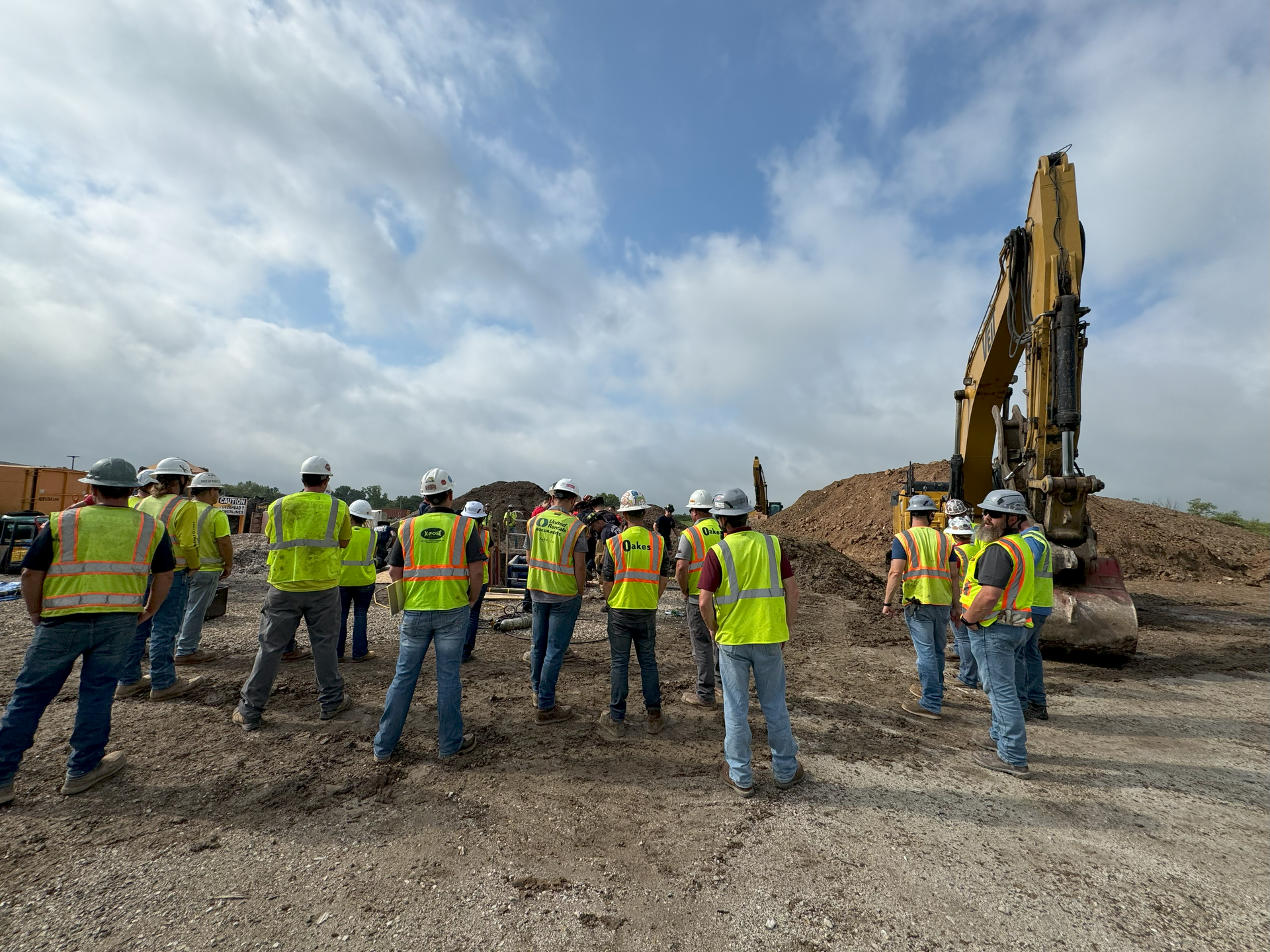The Benefits of Concrete Pipe in Infrastructure Development
February 6, 2025
Concrete pipe plays a critical role in modern infrastructure development, offering durability, strength, and environmental benefits that make it a preferred choice for contractors and project managers. As communities grow and demands on infrastructure increase, investing in resilient and efficient materials like concrete pipe is essential for sustainable development. Below, we’ll explore the advantages of concrete pipe and provide tips for contractors to minimize complications during its installation and use.
Advantages of Concrete Pipe
Durability and Longevity
Concrete pipes are engineered to last for decades, with many installations exceeding a century of performance. Their resistance to corrosion, weathering, and environmental wear makes them ideal for a wide range of applications, including stormwater management, sanitary sewers, and culverts.
Strength and Load-Bearing Capacity
Unlike flexible materials, concrete pipes provide structural strength that supports significant loads from both soil and traffic. This makes them particularly well-suited for high-traffic areas and deep burial installations.
Low Maintenance Requirements
Concrete pipe requires minimal maintenance over its lifespan, reducing long-term operational costs. This reliability translates into fewer disruptions and lower costs for municipalities and contractors alike.
Sustainability
Made from natural materials such as cement, aggregates, and water, concrete pipe is environmentally friendly. Its production process has been optimized over the years to minimize emissions, and it is recyclable at the end of its service life.
Versatility
Concrete pipe comes in various shapes and sizes, making it adaptable to a wide range of infrastructure projects. Whether for drainage systems, irrigation, or bridge construction, it provides a versatile solution for engineers.
Tips for Reducing Complications
- While concrete pipe offers numerous benefits, improper planning or execution can lead to challenges during installation. Here are actionable steps contractors can take to ensure smooth project execution:
- Perform Thorough Pre-Installation Planning
- Conduct soil analysis and site assessments to determine the appropriate type and size of concrete pipe for the project.
- Coordinate with engineers and suppliers to ensure all specifications meet project requirements.
- Ensure Proper Handling and Storage
- Concrete pipes should be stored on level ground to prevent damage.
- Use appropriate equipment for lifting and moving pipes to avoid cracks or chips that could compromise their integrity.
- Adhere to Installation Best Practices
- Follow manufacturer guidelines and industry standards for installation, including proper bedding and backfilling techniques.
- Ensure joints are correctly aligned and sealed to prevent leakage or soil infiltration.
- Invest in Quality Control
- Inspect pipes upon delivery and during installation to identify any defects early.
- Monitor the construction process to ensure compliance with design specifications.
- Prioritize Training and Communication
- Train your crew on proper installation techniques and the importance of handling concrete pipe with care.
- Maintain clear communication with all stakeholders, including engineers, suppliers, and inspectors, to address any issues promptly.
Conclusion
Concrete pipe offers unmatched benefits for infrastructure projects, combining durability, strength, and sustainability. By understanding its advantages and implementing proactive measures, contractors can maximize the efficiency and success of their projects. As infrastructure demands continue to rise, concrete pipe remains a cornerstone of resilient and reliable development—a testament to its enduring value in building the foundations of tomorrow.
To connect with contractors who specialize in concrete pipe, visit the WUCA directory and find trusted members ready to support your next project.





